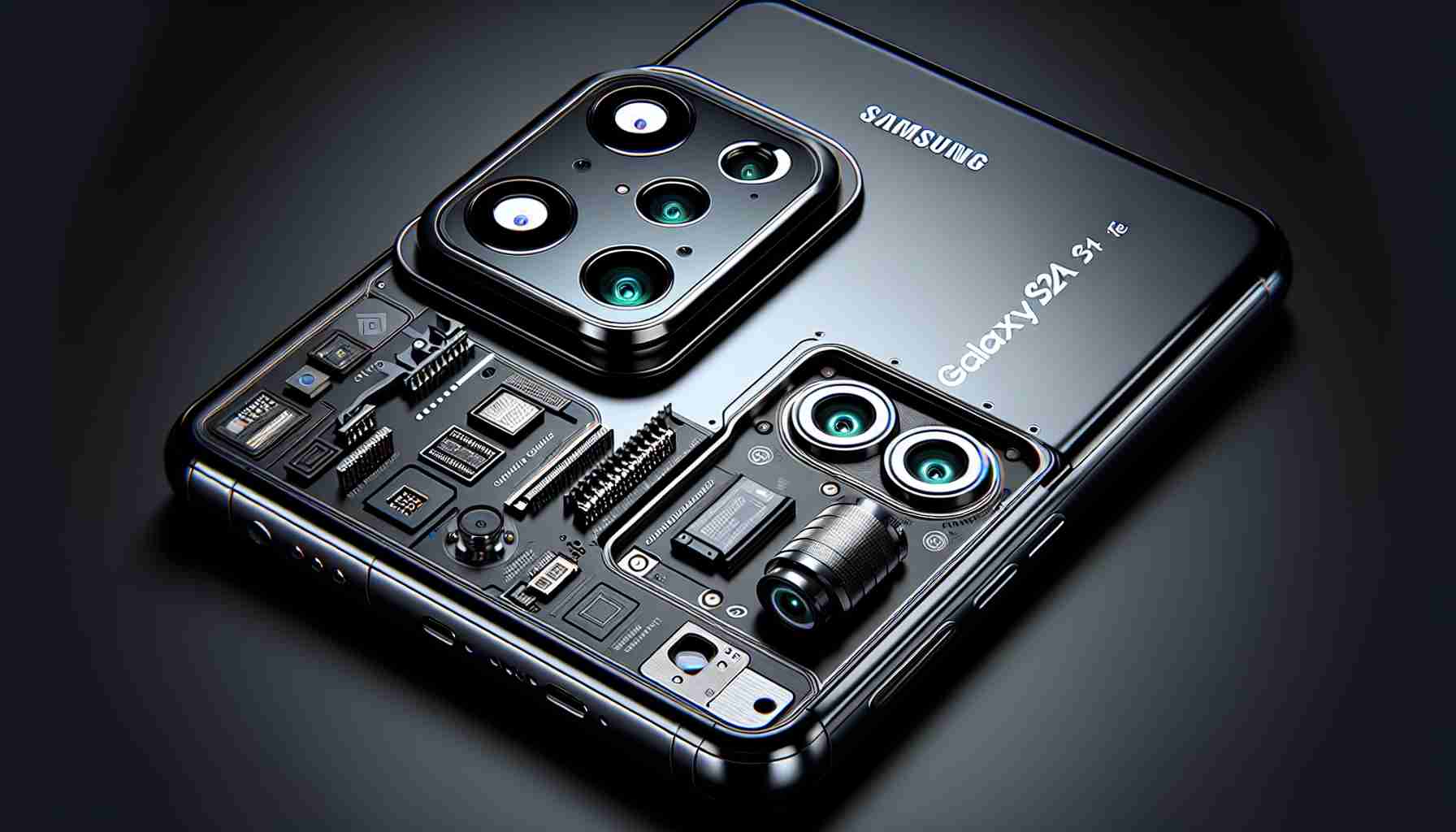Samsung Continues the Galaxy FE Tradition
Samsung, the prolific South Korean electronics giant, is in the process of bringing to life the next iteration in its ‘Fan Edition’ lineup, namely the Galaxy S24 FE. Like clockwork, following the Galaxy S23 series introduction in February of the previous year, Samsung unwrapped the Galaxy S23 FE in October, and expectations are high for the arrival of the Galaxy S24 FE later this year.
Behind the Codename R12
Industry insiders have identified the work on a cryptically codenamed device, the R12, which is widely anticipated to be the Galaxy S24 FE. Notably, the R12 follows the footsteps of its predecessors—the S20 FE, S21 FE, and S23 FE— labeled as R8, R9, and R11 respectively. Given that the Galaxy S22 FE never saw the light of day, the forthcoming Galaxy S24 FE is likely to take inspiration from the design and specifications of the preceding S23 series.
Camera Composition and Expectations
A recent revelation from Galaxy Club has brought to light the main camera specification for the S24 FE—a 50MP ISOCELL GN3 sensor that is by no means unfamiliar to Samsung enthusiasts. This sensor, already present in models such as the Galaxy S22 and the Galaxy S23, sets certain limitations to how much the new Fan Edition can advance in terms of photographic capabilities. It will be intriguing to see how Samsung leverages software enhancements to elevate the photo quality beyond its predecessors.
Chipsets and Performance Speculations
The tradition of bolstering FE devices with improved chipsets endures. However, given the absence of the Exynos 2300 chipset, speculation is rife over whether Samsung will deploy their latest Exynos 2400 or opt for the Snapdragon 8 Gen 2 chips for the Galaxy S24 FE. Additional details about the phone’s potential capabilities and features are expected to be revealed in the lead-up to the launch, offering Samsung fans much to anticipate.
Additional Camera Insights
Despite only main camera details surfacing, the Galaxy S24 FE’s camera system is envisaged to follow in the legacy of its antecedent which was well-received for housing an 8MP 3x telephoto and 12MP ultrawide sensor alongside the main ISOCELL GN3 unit. How Samsung integrates these components into the S24 FE’s overall system is a subject of considerable interest.
Samsung’s FE series has consistently aimed to strike a balance between performance and affordability, making each release an eagerly awaited affair among technology aficionados and Samsung loyalists alike.
Fan Edition Philosophy and Market Niche
Samsung’s FE series has been conceptualized as a value proposition that offers premium features of the flagship S series at a more accessible price point. This approach serves a specific market segment that seeks high-end specifications without the accompanying high-end price tag. The expectation for the Galaxy S24 FE, therefore, is to maintain this balance which can sometimes be a challenge, as cutting costs yet retaining performance and quality is a fine line to walk.
Important Questions Surrounding the Galaxy S24 FE
– What improvements will the Galaxy S24 FE have over its predecessors?
– How will the performance of potential chipsets like the Exynos 2400 or Snapdragon 8 Gen 2 compare?
– Will Samsung introduce any significant camera software upgrades to enhance the capabilities of the 50MP ISOCELL GN3 sensor?
– What price point will the S24 FE aim to target, and how will it be positioned in the current market?
Key Challenges and Controversies
– Balancing Cost and Features: Ensuring that cost-cutting measures do not overly compromise the quality and performance expected from an FE device.
– Chipset Decision: With the absence of an Exynos 2300, the choice between Exynos 2400 and Snapdragon 8 Gen 2 could influence performance and market perception.
– Maintaining Distinctiveness: The S24 FE must offer enough differentiation from other Samsung models to justify its existence and appeal to its target market.
Advantages and Disadvantages of Familiar Camera Technology
Advantages:
– Proven Performance: The use of an existing 50MP ISOCELL GN3 sensor ensures reliable picture quality.
– Cost Savings: Reusing technology can help to keep the device’s price more affordable.
– Software Potential: There’s room for software optimizations that can further enhance the camera’s capabilities.
Disadvantages:
– Innovation Stagnation: Relying on familiar technology might disappoint users looking for the latest advancements.
– Competition: Other manufacturers may offer more innovative camera technologies at similar price points.
Related Links to Main Domains
– For insights and updates on Samsung’s technologies and product announcements, visit Samsung.
– To compare chipset performances and specifications between Exynos and Snapdragon, visit Qualcomm (for Snapdragon) and the Samsung domain for Exynos details.
In conclusion, the Galaxy S24 FE is expected to continue Samsung’s legacy of providing flagship features at a reduced price. While the use of existing camera technology may not break new ground, it suggests a potential focus on software enhancements and overall system integration to elevate user experience. The key to its success will lie in well-executed compromises that deliver value without diluting the premium feel of the FE series.
